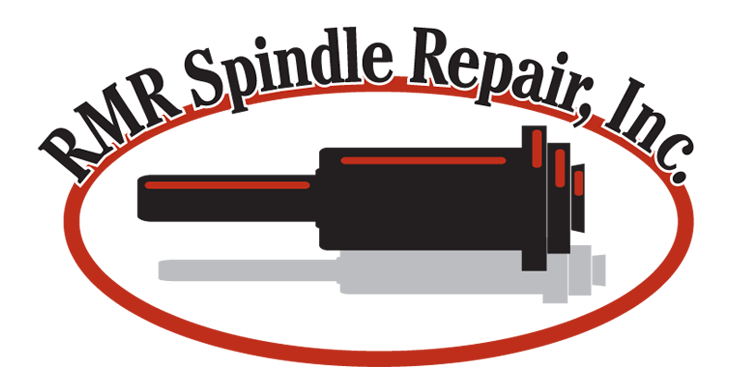Spindles are standard components of any turning operation. Unfortunately, even the highest-quality rotating machines can experience spindle failure, particularly when high-speed parts can rotate at capacities of up to 65,000 RPM.
There are different causes of spindle failure — each necessitating a unique approach to spindle repair — but the most common are collisions with workpiece materials or bearing malfunctions. This article will examine the reasons for a spindle breakdown and how to fix or avoid them.
Possible Causes of Spindle Failure and How To Avoid Them
Some factors not associated with a spindle’s expected lifespan may cause it to fail prematurely. However, you must know the indications that your component is failing before requesting a repair or replacement. For example, wear and tear are common when the tool holder slips within the spindle. Other signs include external noises, loose connections, or spindles that become significantly hotter during operations.
The following are some of the most common reasons why a spindle fails before a total part collapse:
Poor Lubrication Application
Poor lubrication is one of the most frequent causes of spindle failure. Bearings are prone to overheating when subjected to extreme operation and can completely collapse if not adequately lubricated.
Moreover, improper application of lubricants — either too much or too little — can cause component malfunction. For example, bearings can seize if there is insufficient lubrication, while they might overheat and fail if there is too much. The subsequent bearing damage can include tapered roller deterioration, raceway breakdown, and cage fragmentation.
Here are three things to remember about lubrication to ensure longer bearing life:
- Always use the proper lubricant type. Since there are different types of bearing grease and oil, it is critical to find which has the right consistency and viscosity for your components.
- Always apply the right amount of lubricant. Inadequate lubrication can damage your bearings, but too many fluids can also pose complications. Make sure to follow your machine’s lubricant specifications to extend the life of your bearings.
- Always use lubricant at the proper time. Even if you use the correct type and amount, applying it too frequently or rarely can cause bearing failure. Following a lubrication routine will ensure peak performance.
Improper Installation or Removal
This cause of failure can occur if the spindle is not properly installed or removed. Improper installation or removal can also cause bearings, shafts, and other components to be damaged. Moreover, any shock load to the spindle can cause brinelling or the permanent indentation of a bearing surface.
Using the right tools in a clean work environment is critical to ensure proper installation. It is also important to take time installing the parts because estimating or eyeballing their locations may cause significant damage to the components. Lastly, hire a professional if necessary; someone you trust with expert knowledge and experience can assist in properly installing or removing your spindles.
Contamination
Contamination encompasses foreign substances and water, infiltration through seals, improperly stored or poor-quality lubricants, and inadequate assembly.
To combat this problem, you should use clean and dry compressed air for air-oil lubrication systems. An annual air system inspection is also recommended because preventing debris accumulation on seals extends their useful life and reduces bearing contamination. Moreover, install seals according to manufacturer instructions.
Mishandling and Storage Mistakes
Mishandling may include dropping the spindle or exposing it to excessive shock loads. In addition, improper storage can cause failure because temperature fluctuations and high relative humidity can cause the spindle to rust or corrode.
To prevent condensation from accumulating, you should maintain a low-humidity storage area for spindles. It is also best to keep spindles dry in areas where the temperature does not fluctuate between 65 ℉ and 120 ℉.
Choose RMR Spindle Repair for Guaranteed Services
RMR Spindle Repair’s expert team performs professional spindle testing, guaranteeing the shortest turnaround times possible! We also offer chrome plating and grinding services for spindle housings, shafts, and tapers. Moreover, we can cater to your motor cleaning, repair, baking, and other testing needs.
Get in touch with us today if you require spindle repair services!


Recent Comments